Affiliate links on Android Authority may earn us a commission. Learn more.
Samsung Galaxy TabPro S: Why in the universe does it run Windows?
Published onJanuary 26, 2016
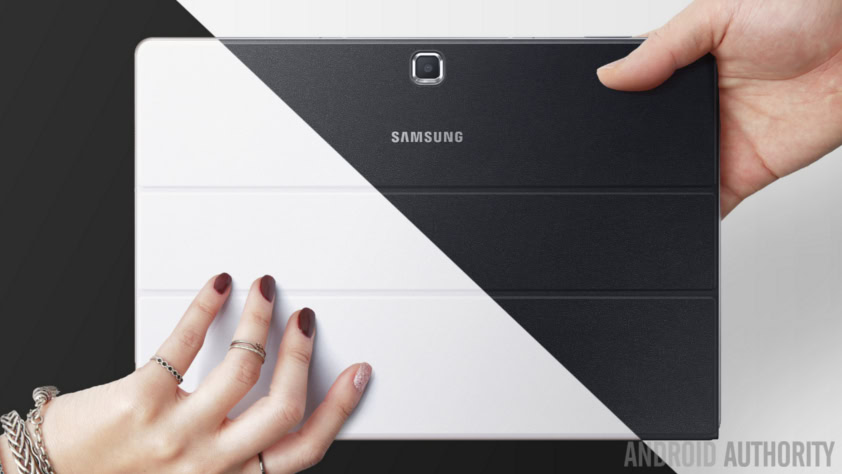
Regardless of one’s personal opinion of Samsung and the evolution of its flagship smartphones and tablets, the brands “Galaxy S” and “Galaxy Tab S” are synonymous with one-thing, and one thing only: the Korean OEM’s top-tier, flagship Android products. Curious, then, that at CES earlier this month, the company unveiled the Galaxy TabPro S: it’s a high spec tablet that makes use of a 12-inch AMOLED display and that looks and sounds like it’s all up in Android’s business-centric business…yet is weirdly wed to Windows.
In considering this product, two different angles will primarily be approached: the issue of brand value, and the issue of poor Android tablet performance.
Some Spec Consideration
Before beginning in earnest, and especially as the device in question does not run Android and may therefore be unfamiliar to those who aren’t interested in Windows-based products, here are the specs as reported by CNET:
- 12-inch, 2,160 x 1,440 Super AMOLED screen
- Sixth-generation Intel Core M3-6Y30 processor (dual-core, up to 2.2GHz)
- Intel HD Graphics 515
- 4GB memory, 128GB or 256GB storage (SSD)
- 5200mAh battery with up to 10.5 hours battery life
- Charges in 2.5 hours with USB Type-C port
- USB Type-C port also capable of USB 3.1 data and HDMI video output (with optional adapter)
- Optional Bluetooth stylus
- 5-megapixel front camera, 5-megapixel rear camera with auto-focus
- 802.11ac WiFi and Bluetooth 4.1
- GPS and GLONASS positioning
- LTE model available in some regions
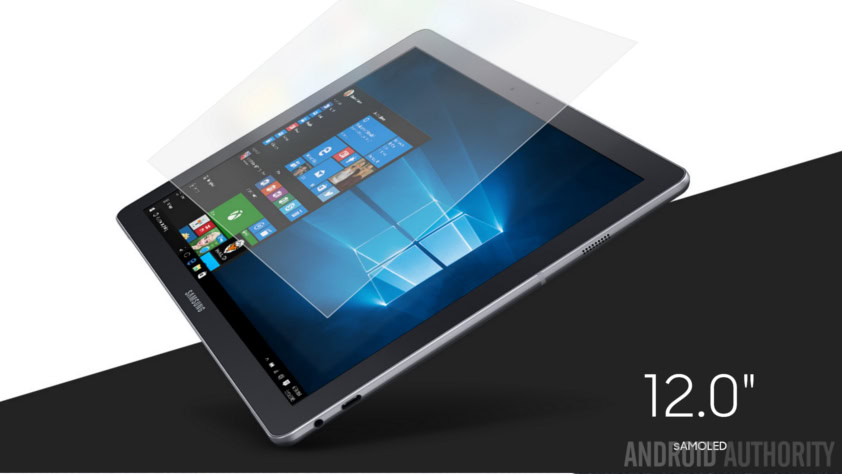
Pricing is unavailable, however given Samsung’s modern history of expensive products – especially for high end ones – it is likely this computer will retail for over $1500, or perhaps somewhere in comparison to Microsoft’s own Surface Book. As Samsung already has a “Yoga” tablet which is cheaper than some models of the Surface 4, this would presumable be the top end offering.
The key points to note with respect to specs include the 12-inch Super AMOLED display and USB Type-C. While Lenovo has a new PC that will ship with an AMOLED display when the configuration is released this Spring, this will be the first time a Samsung PC has an AMOLED display. Likewise, the presence of USB Type-C is something that as of now, no Samsung Android product even has. By the looks of it, the TabPro S will only use the new standard, which actually makes it similar to Google’s own Pixel C in that regard.
On the other hand, there is some skepticism about the fact that the PC will only be available in a Core M3 variant as opposed to an M5 or M7 like Microsoft’s offerings provide. The 4GB of RAM is also “limited” in terms of what other products either have or else can be configured with.
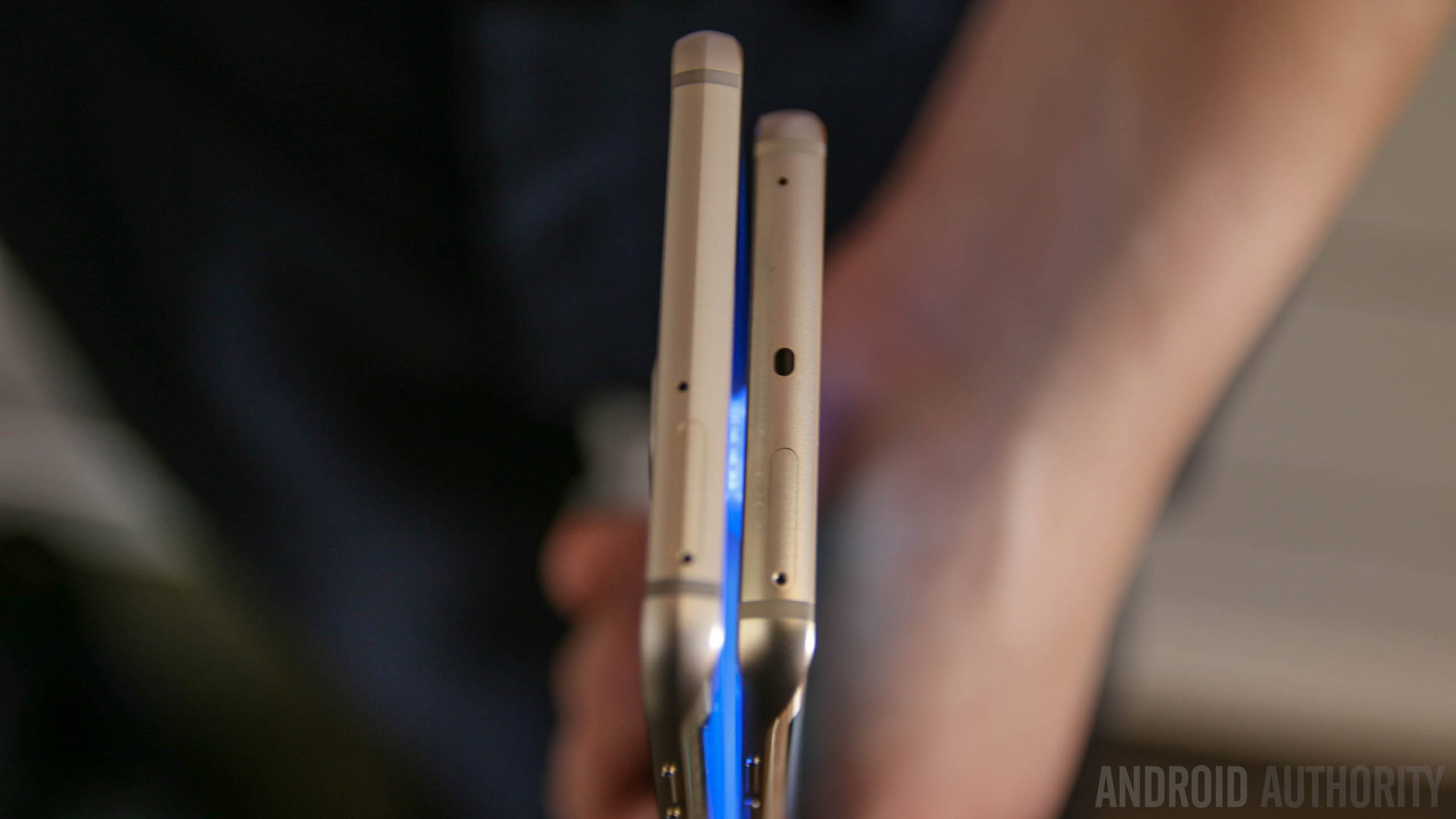
As a final note, the device looks to be – indeed given the competition arguably could only be – made of a metal construction. This would make it the first Galaxy Tab to have such a build, with the Galaxy Tab 7.7 having used some metal, and even last year’s Galaxy Tab S2 using only a metal frame. And with respect to the frame itself, it looks to have the same “folded” approach that was used with the Galaxy S6 Edge+ showing that attention to detail was paid quite carefully.
Goals of the Galaxy
If Samsung were to have called its new tablet the ATIV Pro, or even the ATIV S, it would have been one thing. But to brand it the Galaxy TabPro S represents the first time the company has ever applied its Galaxy nomenclature to any non-Android device. Consider, for example, that while the original Galaxy Gear smartwatch did in fact, run Android, subsequent models (as well as updates to the original) all run Tizen and hence dropped the Galaxy branding.
In fact, when looking at Samsung’s overall consumer electronics catalog, the Galaxy brand can’t be found anywhere other than Android, be it headphones, PCs, Chromebooks, Tizen wearables or smartphones. Even the company’s virtual reality headset is called the Samsung Gear VR. The word Galaxy, assuming could have been used on any of these products – the headset and wearables seem the most likely candidates – yet was specifically not. For all intents and purposes, the “Galaxy” brand has essentially been used specifically for, and only for, Android-based devices.
While it may be too early to state this as a presumed fact, at the very least it appears that Samsung has – be it for tablets or otherwise – clearly decided to rethink what might be considered a Galaxy. The key here is likely that of all the brands the Korean OEM currently has related to IT consumer products, only the Galaxy moniker holds real water, especially when comparing it to the level of recognition – or lack thereof – that its ATIV branding has.
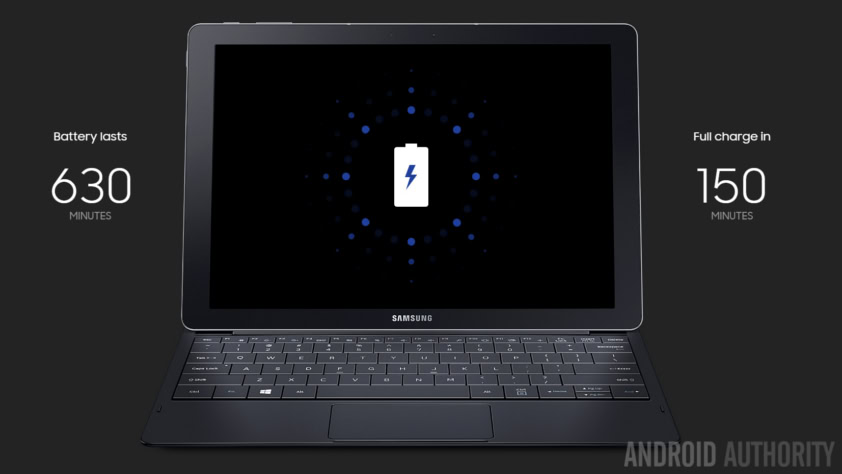
For those unaware, “ATIV” was the name Samsung decided to use for its Windows-based products coinciding with the release of Windows 8 in 2012. This was basically a brand name change only, wherein for example the formerly branded Samsung Series 9 became the Samsung ATIV Book 9. The name was also used for a few of the company’s Windows Phone 8 devices as well, for example the Samsung Ativ S and the Ativ S Neo. In many ways, the former said smartphone was basically a Galaxy S3 only with a modified design to differentiate it. Still, the Galaxy branding was not used.
Just a few weeks ago, Samsung released the Samsung ATIV Book 9 Spin, a PC that can “yoga” like many of Lenovo’s ultrabooks. Despite this being the first ATIV product to allow such usability, the name – again – arguably hurts it as those who hear “ATIV Book Spin” are unlikely to think of Samsung.
In considering the Galaxy TabPro S however, there is absolutely no question that not only will Samsung PC fans be aware of the product, but so too will any Galaxy smartphone or Galaxy tablet users who catch word. Even without knowing what the product is, the very presence of the name “Galaxy” serves to immediately and intrinsically elevate the status of the product. The fact that Samsung is advertising it with all of the Android Galaxy products essentially speaks volumes in terms of the significance and power the branding has:
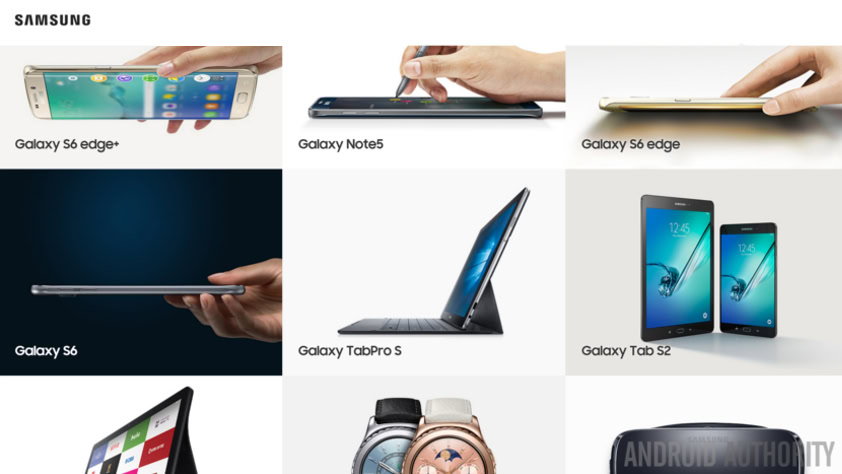
Indeed the above picture lists a host of Galaxy products, including the TabPro S. Of course along the bottom, the Gear S2 and Gear VR can also be seen, which should already convey some sense to the idea that Samsung considers products to be “Galaxy” affiliated simply by being compatible or designed for it- in the case of the VR.
A possible Galaxy alphabet for Windows?
Last year marked the clear end of the numbered Galaxy Tab series, with only letters appearing. Many expected to see a Galaxy Tab 5, but were greeted with the A and E, in addition to the Galaxy Tab S2. Now that Samsung has re-branded at least one of its Windows products to “Galaxy Tab”, it is quite possible – though at this point just speculation – that the company may proceed to release other “Galaxy TabPro” units for Windows. There could very well be a Galaxy TabPro A or Galaxy TabPro E to delineate what could be different installments of different product lines just as how it is done with Android. That is to say, whereas the TabPro S is for the top tier, a TabPro E could be for an entry level Windows tablet. In a sense, the naming would mirror the Android camp.
In this regard, the PRO branding would thus shift from being the Android “business” brand as it was in 2014, to simply a notation to denote a Samsung tablet running Windows. In fact, this would be a very good idea, because Android tablet sales are decreasing year after year, and thus companies need other venues with which they can earn money from large screen mobile devices. Windows products are really starting to pick up once again, at least mobile tablets or convertibles. Microsoft, as it had intended to from the beginning, compelled OEMs to produce “clones” of its Surface line and thus has sparked a major resurgence in the Windows-based tablet market.
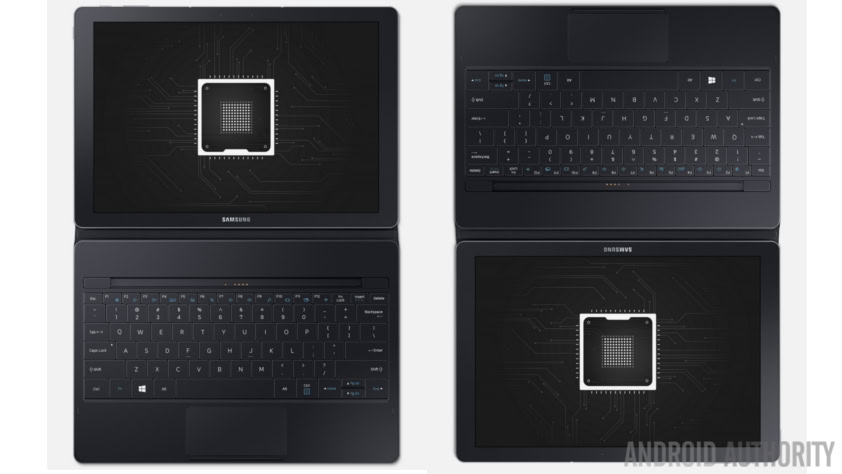
An S Pen would be logical
Perhaps the idea of a galactic Galaxy shake up would have less weight were it not for the fact that Samsung also expanded the scope of its S-Pen last year. Specifically, the inclusion of the stylus on select models of the Galaxy Tab A – and branded as an S-Pen no less – marks the first time the tool has ever been included on any device that was not a Galaxy Note product. While there were Windows ATIV tablets that came with stylus pens, they were not branded as S Pens, and they were obviously not running Android.
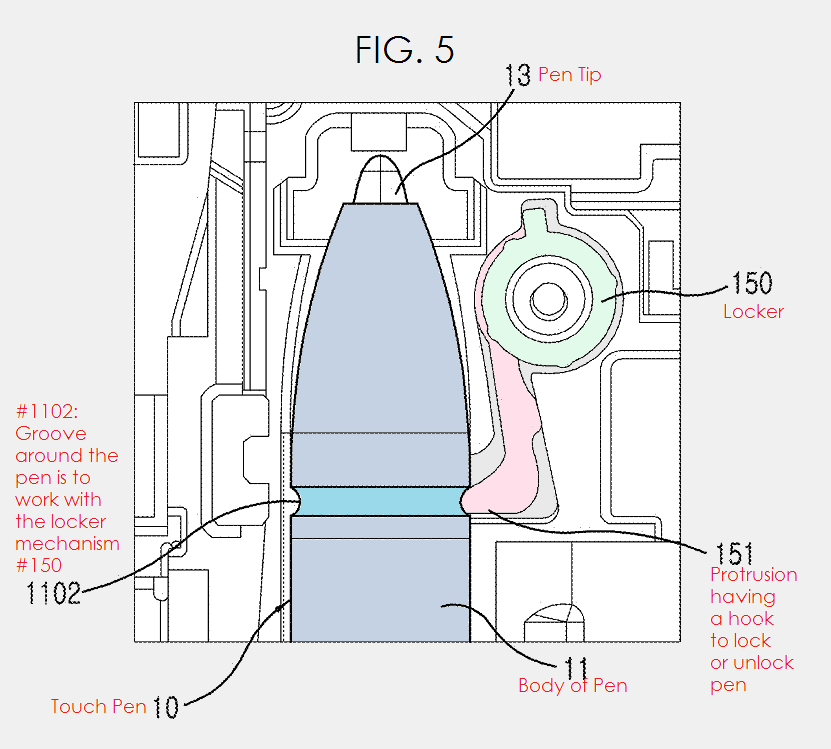
There have been some conflicting reports that the TabPro S has an S Pen, however it seems the device will just have a optional Bluetooth stylus. Given that Samsung was recently found to have patented an “S Pen case” for Galaxy phones in its native home of Korea, it may very well be that 2016 sees the expansion of the product to other platforms, rather than being restricted by the Note. In fact, given that Wacom itself is now making AES stylus input devices with the technology built into the pen and not the screen, this would theoretically allow any Samsung device to accept S Pen input should the company truly seek to re-imagine its usage.
If Samsung does indeed seek to expand its Galaxy brand, it might also be logical to expand the S Pen. Indeed it would be a great marketing tool for a Windows-based tablet to have a stylus with a brand name, unlike say that included in the Surface. Of course, this would also imply that the S Pen would need to live inside the tablet itself, and thus Samsung would need to consider design language.
The debate on the “sad” state of Android tablets
In announcing the Galaxy TabPRO S – a Windows device – Samsung also seemingly said a great deal about the Android tablet situation. 2014 saw the release of the Galaxy TabPRO series which contained devices in the 8, 10, and 12-inch size range. It also released a Galaxy NotePRO 12.2 at the same time. 2015 saw…absolutely nothing of the sort. Granted the TabPRO series was rendered irrelevant just months after it launched via the debut of the Galaxy Tab S line, however at the very least one might consider the NotePRO given that there has not been a large screen Note product released for almost 2 years.
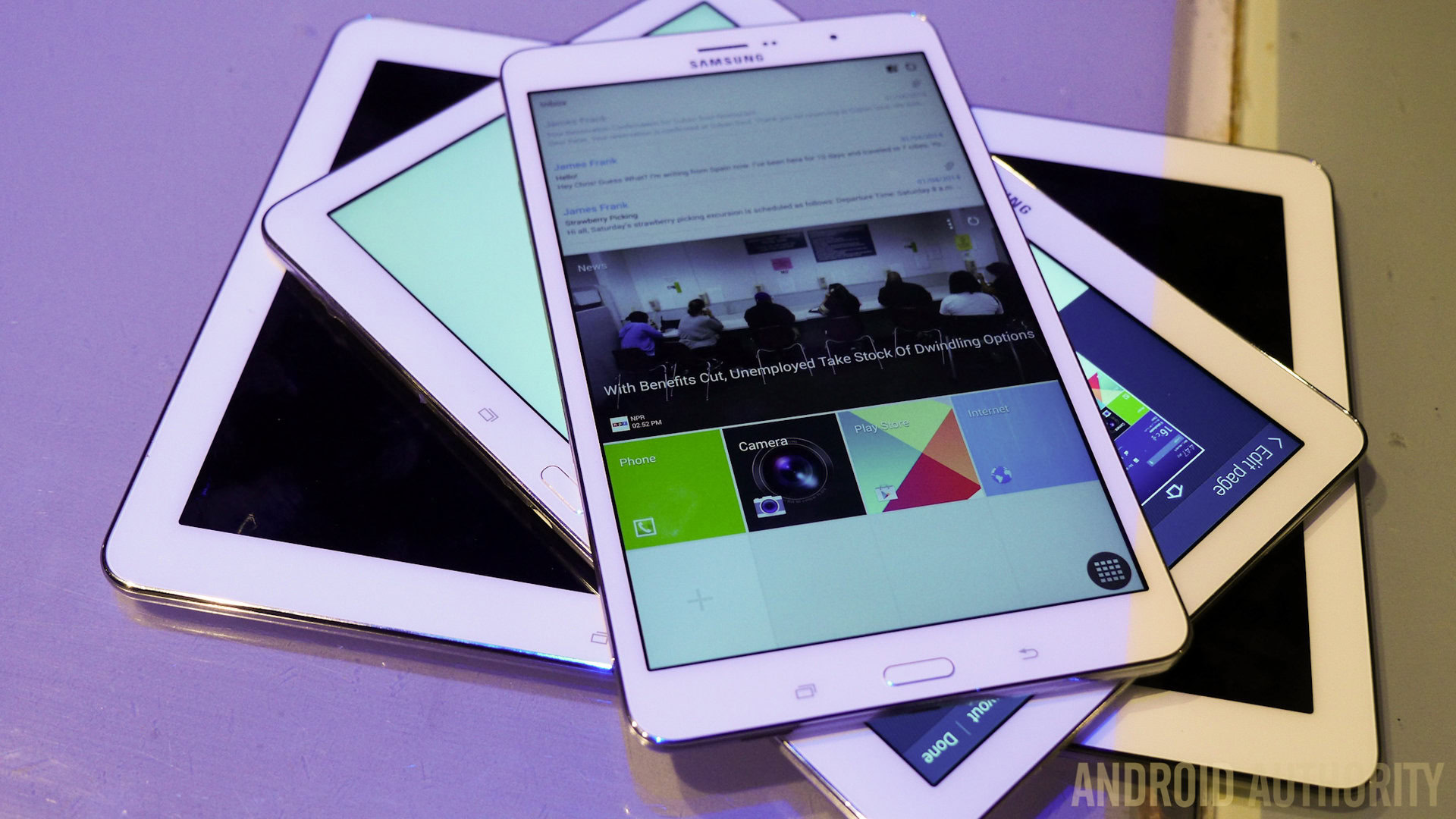
2015 saw Apple finally announce and release the iPad Pro, a large screen tablet that even goes as far as to include support for a custom-made stylus. Microsoft, too, announced a productivity-minded new product, the Surface Book. And yet, where was Samsung? It announced the Galaxy View, an 18-odd inch television replacement that not only was promptly put on sale immediately after release, but was apparently so confusing to the general public that it felt the need to publish a detailed report explaining just what the purpose of the device was.
In a very real sense, by Samsung’s lack of a productivity-centered, competitive Android product yet now apparent presence of a Windows-based rival, it has put the spotlight on what can only be described as a general failure on Google’s part to properly present Android as a business-productive tablet experience. Perhaps nowhere can this be seen more readily than Mountain View’s own Pixel C, a device that starts at $499, has an optional $140 keyboard, and yet can’t even do multitasking. Engineers working for the company have not-so-subtly hinted that Android N will see the proper introduction to multitasking, something that was present yet removed from Android M pre-release builds.
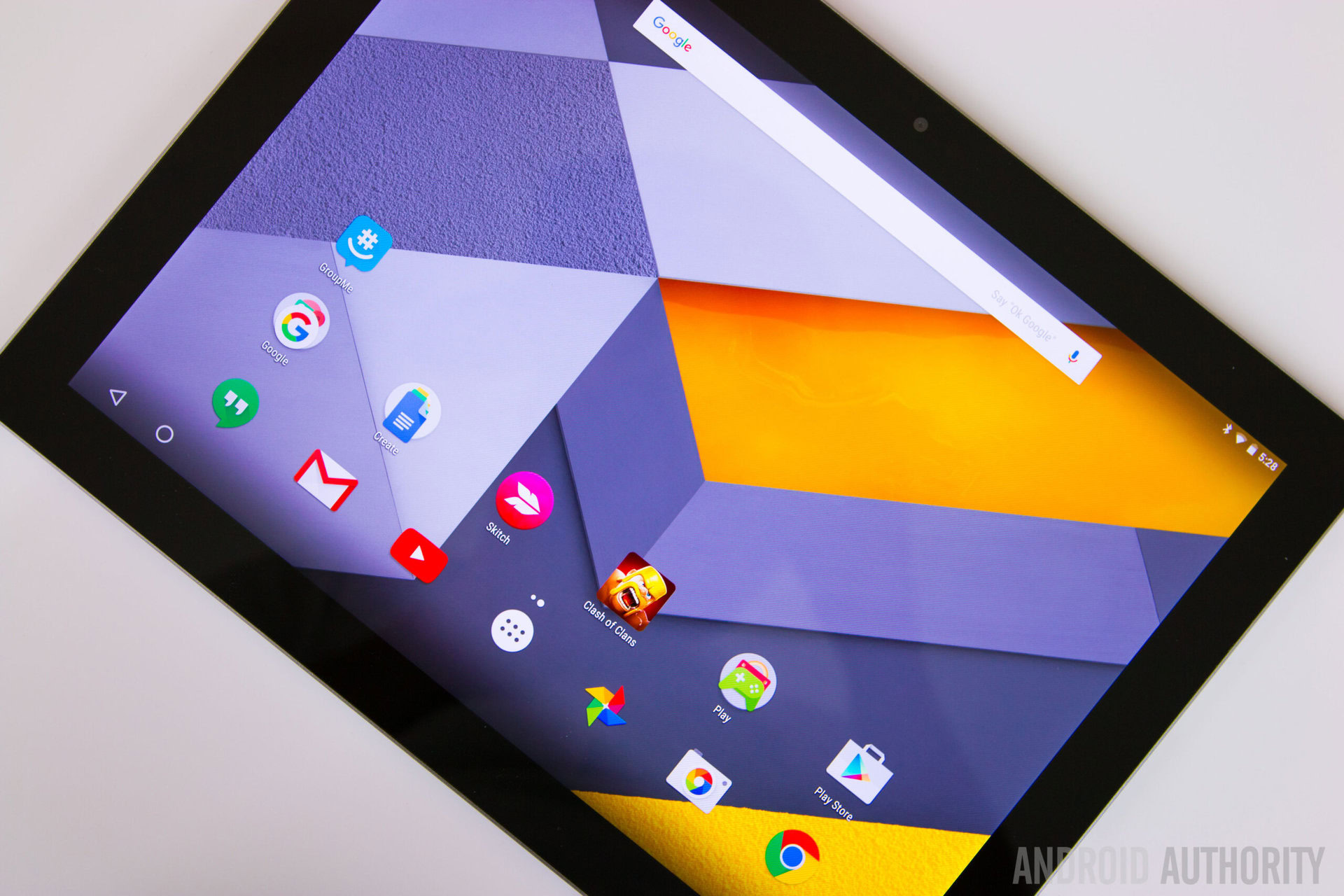
At the very least, Android software optimized for tablets is extremely limited compared to the number of devices on the market and the number of people who have a large screen product. Many still feel, and perhaps rightly so, that Apple’s iPad trounces any product running Android simply because it has so much more customized, tablet-specific software. Until Google finally decides to wake up and make pushing tablets a more pressing priority, this situation is unlikely to change, and all the more so given the plateau in sales observed recently.
Crushing on Chromebooks
For reasons totally unknown, Google has made it a proper priority to push Chromebooks for productivity. Their cheap price makes them excellent for the classroom where students can use them to browse the internet or write reports. Their simple nature makes them much easier to use than a Windows-based PC. Their “online based” content means that files will be connected to Google Drive and Docs. Even the expensive Chromebook Pixel series was designed to cater to those with productivity in mind; who else would want to spend over $1000 on such a product?
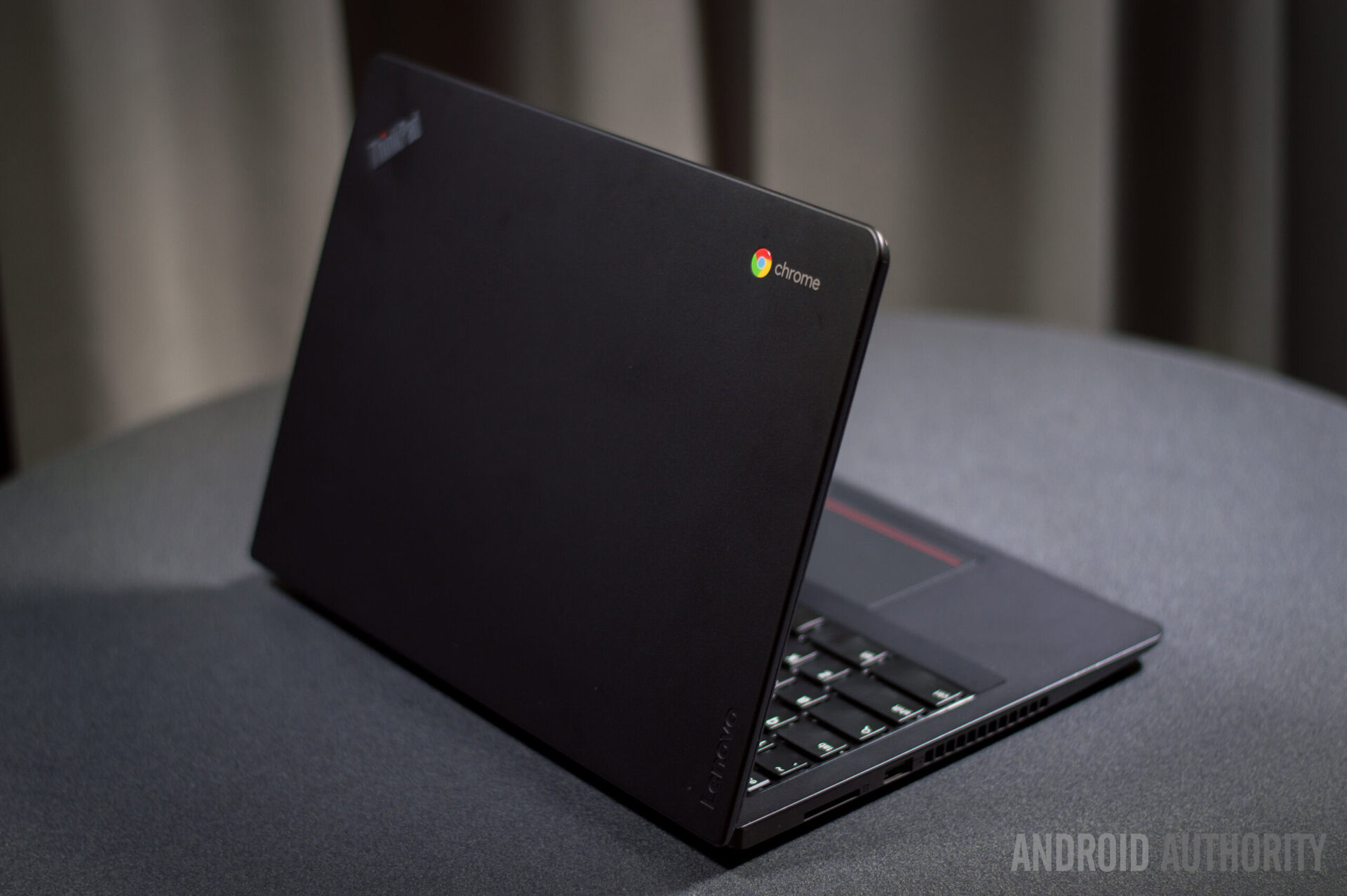
Meanwhile, in an almost paradoxical state, Android tablets are, arguably, getting less impressive by the month. Lenovo’s YOGA 3 series decided to go down in specs from the second installment. Samsung released two different lower-end tablets last year. Even the top end has seen a shakeup with companies like ASUS, which released a very affordable ZenPad S: it has unbelievable good specs for the price point. For the most part, only Samsung with its Galaxy Tab S2 and Google with its Pixel C released expensive Android tablets in 2015.
Perhaps the greatest irony however, is with respect to Windows devices and pricing. Whereas PCs were once excessively expensive and have fallen to prices absolutely unthinkable even but a few years ago. Given that Android tablets arguably lack the proper support they deserve, this means that Chromebooks are the “defacto” Google productivity platform. This also makes it that much more logical for the rumors of a merger between Chrome OS and Android to be plausible.
Making what once wasn’t
As a final consideration, in an almost ironic way the Galaxy TabPro S is a more literal merging of the mindset one might have needed to create the unreleased Samsung ATIV Q. Designed to be a dual-booting device that ran both Android and Windows, the idea of merging the two systems into one was obviously a consideration Samsung took to task some years ago. Alledegly due to problems created by Microsoft, companies found themselves unable to bring such dual booting products to market, and as such the ATIV Q was seen but not felt.
Curiously the product made use of a stylus that was embedded in the device itself, something that could easily have been converted into an S Pen for later models. Granted the tablets Samsung released in the early days of Windows 8 tended to include this design so there was really nothing that special in and of itself. It does, however, raise the question as to why the TabProS doesn’t have an embedded stylus. In fact, as Samsung’s site doesn’t seem to make mention of a the stylus at all, that is arguably a strike against it when compared to Surface or Lenovo products.
Many consumers would arguably be interested in having one to do both, as opposed to two to do one.
The idea of a Windows “Galaxy” could definitely have flowed from such an ATIV Q venture however, and in a way the ATIV Q would have been the ultimate “TabPro” for it would be a Galaxy Tab – i.e. Android based – and yet also an ATIV – i.e. Windows based. It would certainly be a cool consideration were Samsung to actually try and put out such a product again. At the same time though, it might cannibalize not only the sales of its own Galaxy TabPro S (Windows) line, but also the Galaxy Tab S (Android) line. Many consumers would arguably be interested in having one to do both, as opposed to two to do one.
Wrap up: Rethinking what’s what
It is quite logical that Samsung, in light of the keen challenges it’s facing from global competition in markets around the world – smartphones in particular – has deemed it necessary to start bringing its the weight of its Galaxy to other segments. To capitalize on what may be its best-known brand, so to speak. While Samsung fans may very well known the name ATIV, those who haven’t considered a Samsung PC most likely don’t. This is not the case, per se, with a name like “Galaxy” which has become a household name with respect to smartphones.
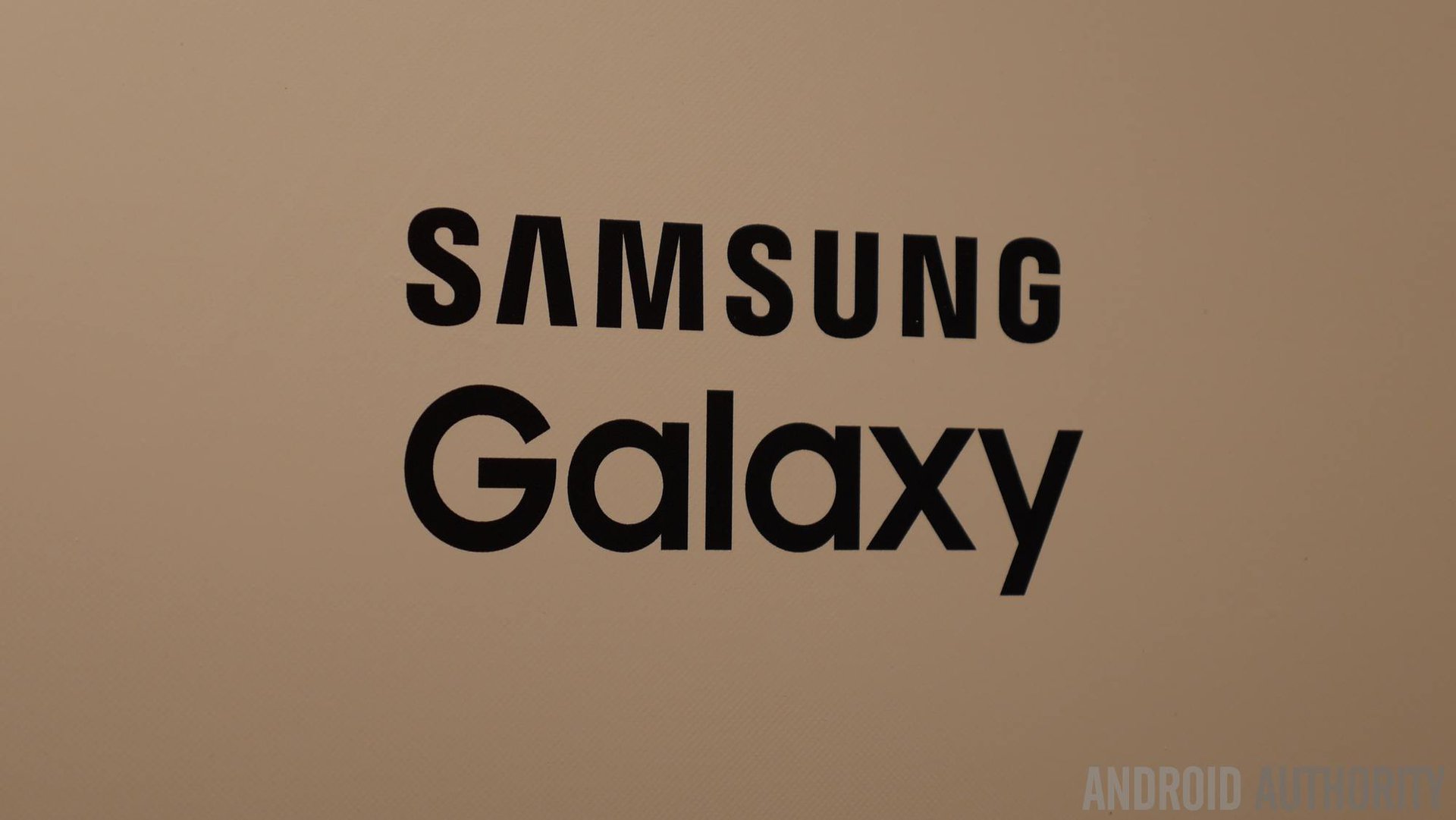
In announcing the Galaxy TabPro S, Samsung was able to instantly get mass-scale attention and search engine optimization via the use of the famous moniker. It guaranteed people would be talking about a Galaxy product, and in many ways, almost guarantees the product will at least be considered among anyone who knows of its existence for the simple fact they know it exists. Now ask how many mainstream consumers might be considering the ATIV Book 9 Spin and chances are the only thing that will be rotating are the respondent’s eyes.
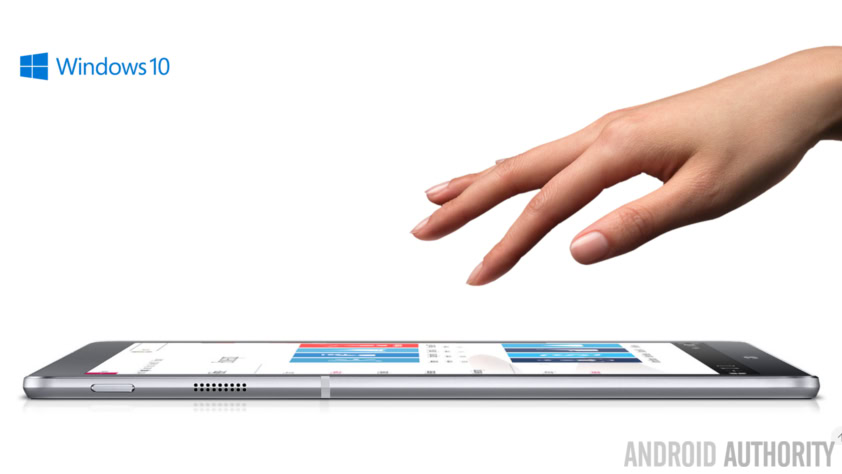
In addition, various reports, including by Strategy Analytics, suggest that Windows tablets are going to see a massive increase in popularity in the next few years as more consumers – but especially enterprise customers – begin to buy in.
The fact that Samsung has finally announced a PC with an AMOLED display is reason enough for celebration for those who love the technology. It has been a long time coming, to say the least. At the same time, the fact that such a product is a Galaxy device will no doubt anger some Android fans who see the branding as being of an OS-specific nature. They might not be so happy that Samsung is now applying it to other devices.